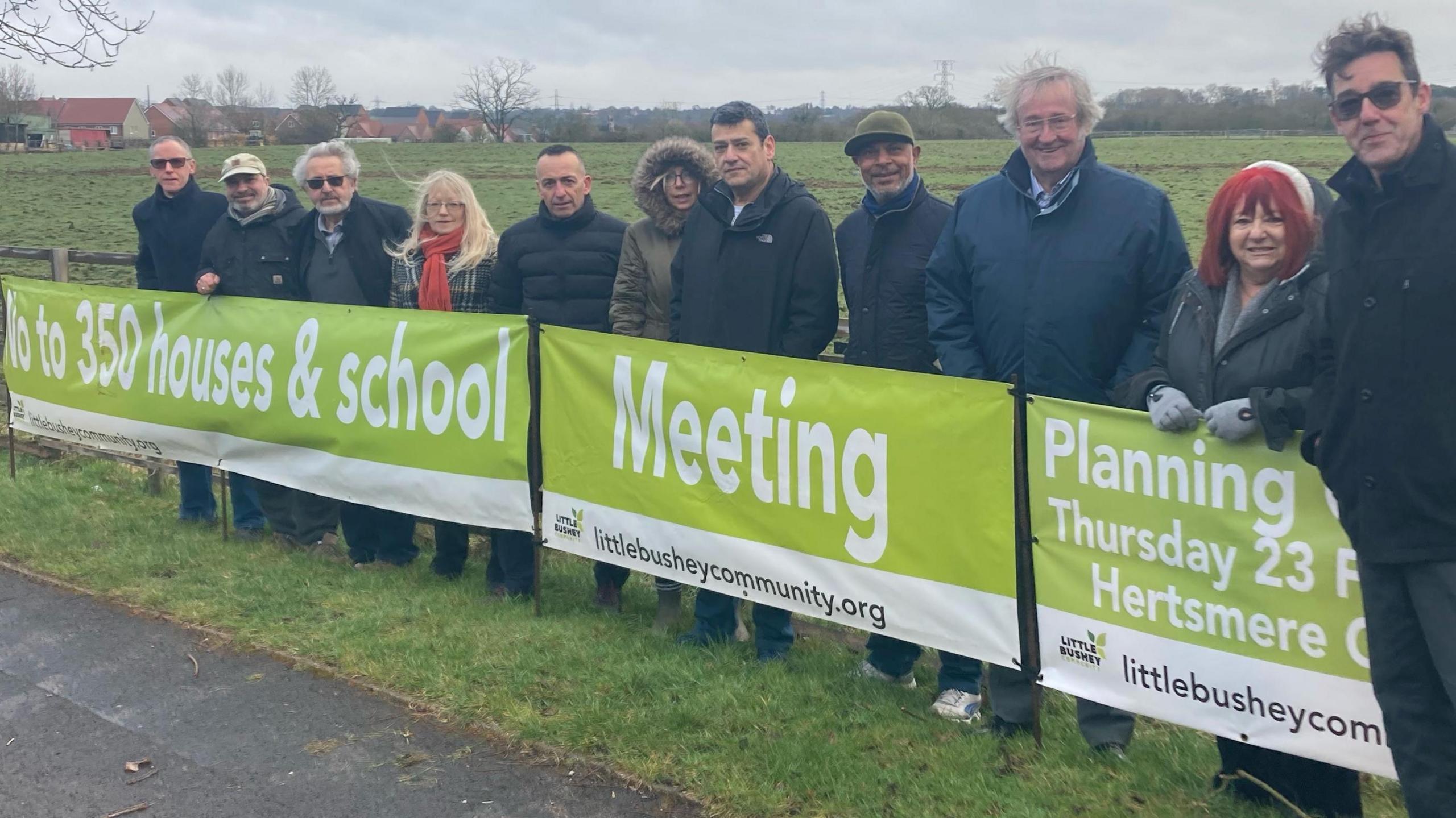Garden Town scheme criticised over affordable homes
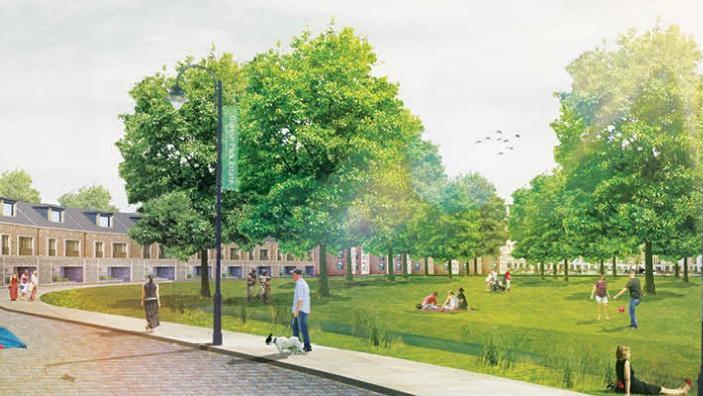
Developers promised the Harlow and Gilston Town project would be “sustainable” and will “deliver better outcomes" for people in the area
- Published
Six new villages with plans for 8,500 homes have been approved, despite criticism of the amount of affordable housing.
East Hertfordshire District Council's development management committee, external heard the Harlow & Gilston Garden Town Project could ease pressure on the housing market, unlock new education, employment, leisure and health opportunities.
Yasmin Gregory, a Harlow resident, said she was unhappy the amount of affordable housing due to be built had been reduced to 23% from the council's 40% target.
Developers said it was a "forward-thinking, bold approach" that would deliver "much-needed" housing.
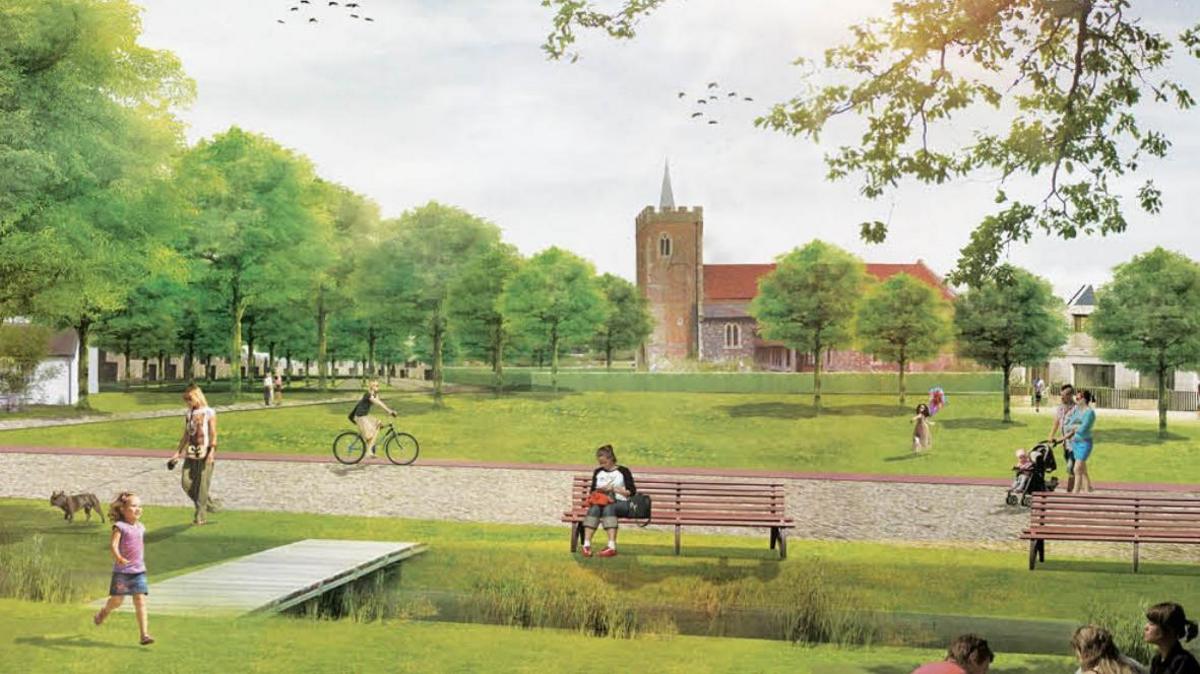
The Garden Town scheme covers the parishes of Eastwick, Gilston, High Wych and Sawbridgeworth in East Hertfordshire, next to the Essex new town of Harlow
The development on the outskirts of Harlow was described as the largest planning application the council had considered since it was formed in 1974.
The scheme could see the building of six primary and two secondary schools, healthcare facilities, employment space and green open space.
A minimum 23% of the new homes would be affordable, less than the 40% target for large developments, as set out in the Conservative-run council's policy, the Local Democracy Reporting Service said.
The reduction was the result of an independent audit which found the scheme would be financially “unviable” if not lowered.
'Driven by finance'
Ms Gregory said: "I just don’t understand how building these homes on such beautiful woodland [is] going to help people.
“8,500 homes here is not going to put a dent in the housing waiting lists.
“We talk about affordable housing, but that’s been reduced.”
Anthony Bickmore, of the Hunsdon, Eastwick and Gilston Neighbourhood Plan Group, said: “Where will you find the affordable housing which you persuaded the inspector was such a strong local need that the largest release of English green belt had to be made?"
Ben Crystall, Green Party councillor for Hertford Bengeo, said housing was needed and the elements of the design were "good", but the scheme was "driven by finance rather than community need".
Conservative councillor Ian Kemp, for Ware St Mary’s, said the injection of homes into the market should ease pressure on a strained market, which he hoped could benefit residents.
"We have got some very difficult trade-offs to consider here," he said.
"We would love to see 40% affordable housing but an independent report says that is unviable if we are to get all of the other houses and infrastructure."
'Carefully integrated'
A spokesman for the developer said: "This is a forward-thinking, bold approach for the delivery of much-needed housing and improved infrastructure.
“Gilston Park Estate is landscape-led, which means each village is carefully sited and integrated to its surroundings having regard to existing biodiversity and heritage assets in nearby existing villages.”
The exact design and layout for each new village will be considered by the council later.
The final plan could include a seventh village, bringing the total number of new homes at Gilston to 10,000.
Find BBC News: East of England on Facebook, external, Instagram, external and Twitter, external. If you have a story idea for us, get in touch via eastofenglandnews@bbc.co.uk, external
You might also be interested in
- Published10 September 2021
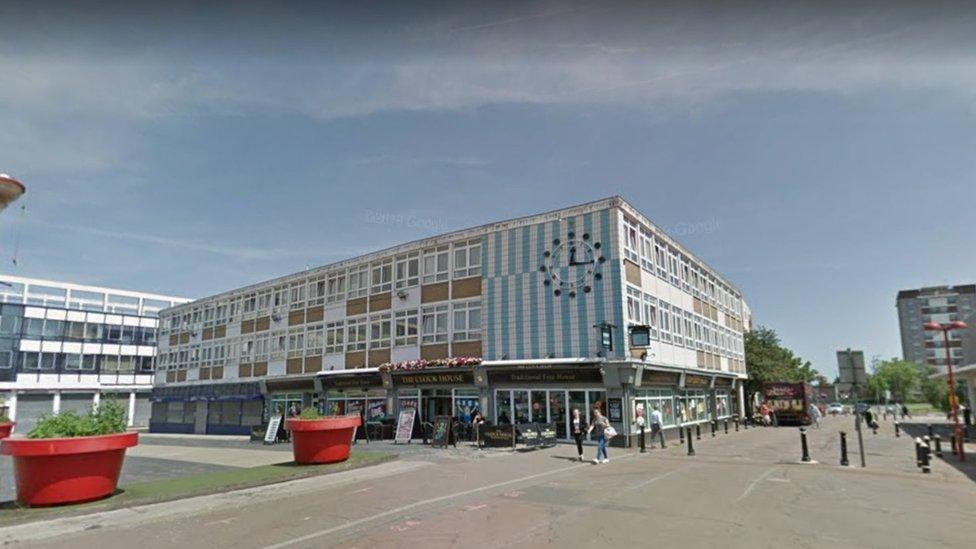
- Published25 March 2017
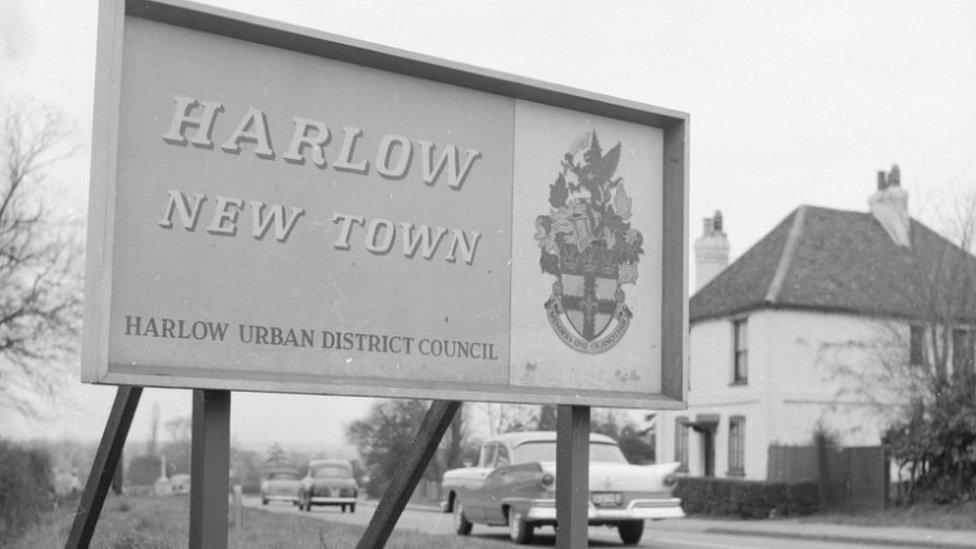
- Published23 February 2023
